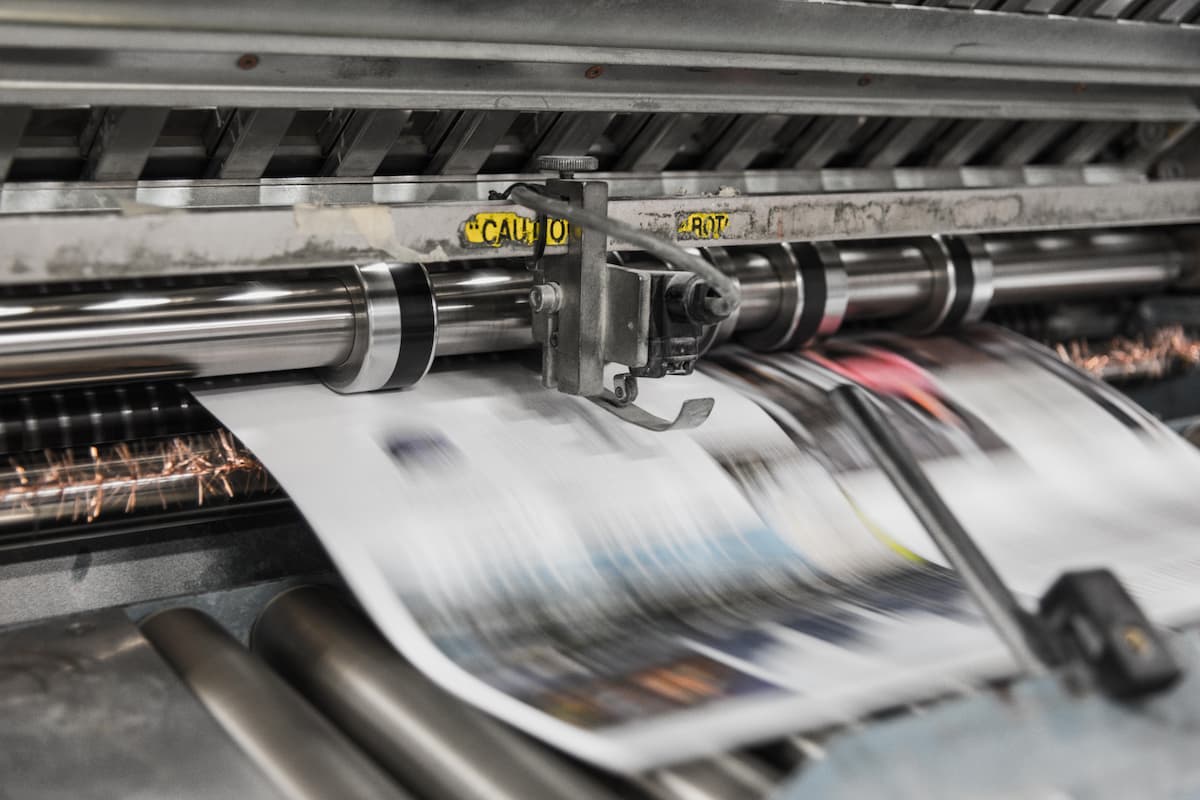



Emerging Asia remains the key growth market for many packaging companies to target
Metal packaging industry sees surge in demand in recent years for baby food packaging and canned drinks. For example, Asia Pacific’s beer market is expected to grow by 7 percent
Categories in which consumers consider sustainable packaging most important – for Indonesia, beverages rank highest, followed by dairy products, and fresh fruit and vegetables.
Asia Pacific represents one of the largest global commercial printing markets, driven primarily by the growing advancements in digital printing technologies, especially in China, India and Vietnam.

By 2030 packaging will account for almost two thirds of the global print market
Mega trends impacting print demand
Paper-based packaging market is expected to see the most growth as it continues to meet consumer demands for lighter, more flexible packaging and has continued to innovate with new efficiencies, such as frustration-free packaging that is both easier for consumers to unpack and minimises turnaround time for manufacturers.
(sources: extracted and adapted from various reports including: Asia Packaging Report (Kearney) | Sustainable Packaging in Asia (McKinsey) |Asia Pacific Commercial Printing Market: Industry Trends, Share, Size, Growth, Opportunity and Forecast 2020-2025 (imarc group), Unsplash (Bank Phrom), Unsplash (Vinicius ‘amnx’ Amano))
The years 2020 and 2021 will forever go down in recent history as periods of monumental change for many businesses. 2021 has brought with it new opportunities and challenges, magnified by the paradigm shift in business models and consumer purchasing patterns. As businesses now focus on rising above the crisis to meet new demands, for the printing sector this will be reflected in transformative change necessary for relevancy and survival. The developments in the print industry are also accelerating existing trends, from the realisation of the full potential of inkjet printing, customisation, high speeds and high quality output, to emphasis on higher quality and embellishment effects that add value and interest to products, to advanced security printing features. Here are some other trends to take note of:
Changing consumer behaviour and growth in e-commerce
The impact and ripple effects of COVID-19 is likely to have lasting effects worldwide, thus changing consumer needs, preferences and behaviours. Brands and consumers are both spending more on online shopping platforms, and this shows no sign of letting up. Companies will need to adapt fast as customer behaviour changes will reshape consumer decision journeys. With the rapidly changing landscape, consumers expect the brands they love to evolve just as quickly, so brands will need to reduce product lifecyles and speed up the production process. The demand for cleverly designed and hygienic packaging will continue, from convenient easy-to-open and sharing, or single-portion packs, consumers will request products that fit their lifestyles. If the consumer wants it, packaging and printing innovation must deliver it.
Supply chain and time to market
The relationship between profitability and time-to-market grows stronger every day against the backdrop of a rising digital economy. Traditional supply chain models are undergoing rapid change, requiring the printing industry to be leaner with an emphasis on cutting both cost and carbon emissions, coupled with further collaboration across the supply chain. For instance, closer cooperation between converters and retailers in the paper and board industry is paving the way for innovation using existing packaging structures.
Increased connectivity and industry 4.0
Fast delivery, high quality, and low price – these tough customer requirements will continue to challenge the print industry. Improvements in production efficiency, though difficult, will be key to meeting these challenges head on. Here’s where Industry 4.0 comes in, providing the technological infrastructure for improvement coupled with government support to help lower the barriers to implementation. For the printing sector, Industry 4.0 is just as relevant as it is for the automotive or IT sectors.
Digitalisation and workflow automation
High on the priority list for print providers is security, which will continue to be a watchword. While big data has been around for decades, advances in predictive analytics and techniques such as data mining modelling and AI will improve range, quality and speed on services, and vendors will need to invest more in machine learning to better protect print devices. Increasingly for industrial devices, such as printing presses, being connected to the cloud, enables better data and insights to be gained by aggregating the data across the entire population being monitored. This allows for unique value, from remote monitoring, remote service, predictive maintenance, colour and quality control to a range of other benefits.
Sustainability matters!
There’s no doubt the importance of businesses to incorporate sustainability goals into their business will continue, and many companies are doing all they can to “go green,” and are factoring in factor environmental sustainability into their everyday decisions. The print industry is no exception, but this industry may face unique challenges in trying to offer sustainable and eco-friendly products and services; such as greater demand for high-quality prints, and even local environmental and other government regulations.
Security and transactions
Machine efficiency and supply chain automation
Physical manufacturing and software
AR experience
Print machine efficiency and workflow optimisation
5/6G smartphones, and secure file transfer in Cloud
Adding functionality to print and packaging

(sources: extracted and adapted from various reports including: Asia Packaging Report (Kearney) | Sustainable Packaging in Asia (McKinsey) |Smithers – Market Report, The future of Print to 2030)